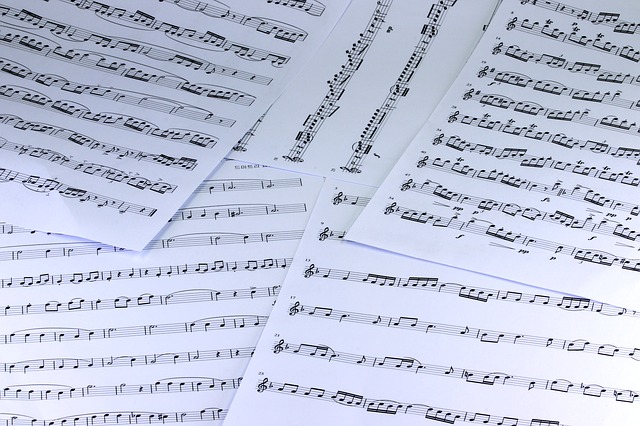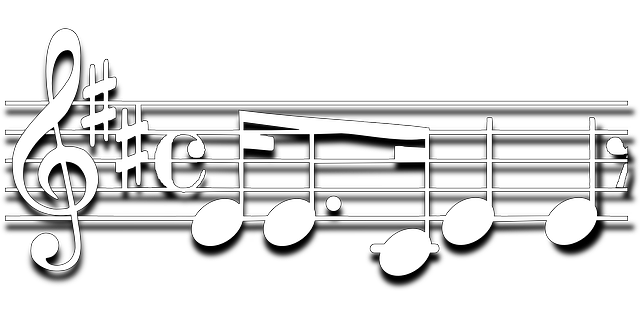Read Notation
Guitarists read notation an octave below where the note is located on the staff. Consequently, when a piano player and a guitarist see the same written note, the guitar player will sound a note an octave below where the piano player will. This is something to keep in mind when writing charts for other instruments.

How do guitarists read notation? In notation, each line and space on a 5 line staff, represents a note. So, a note placed in one of the spaces represents a note, and a note placed on a line would represent another note. There are also lines and spaces that can be added above or below the staff as well.

The old joke is, “How do you get a guitar player to turn down……..put a piece of sheet music in front of him.” There is some truth to that. Many guitar players don’t read notation, nor do they want to read notation. Most of us learn how to play guitar long before we learn how to read music. Consequently, it feels like going back to nursery school to read notes. We can easily be distracted by our ability to jam. Therefore, to backtrack and learn hoot read takes a substantial amount of self discipline.
Understanding Notation For Guitarists
- Know the Staff
- Know all of the notes on your guitar neck
- Understand Timing
- Know Key Signatures
Reading guitar notation is a matter of knowing which note each line and space of the staff is representing, and knowing where all of the notes are on the guitar. In other words, knowing your guitar neck.

So, how do you go about learning the notes on the staff?
We can use a short phrase, or word as a learning aid.

As a learning tool, the following phrase can be used to help us memorize the names of the lines on a staff.

Also, we can see that as we move from line to space, to line to space, etc…..the sequence follows an alphabetical order.

How do you go about memorizing the notes on the staff? You could go “old school” and use flash cards, or you could do reading drills by practicing simple melodies. There is no shortcut. Learn by doing.
Know the notes on Your Guitar Neck
There is a chromatic sequence of notes. The 5th string played open is an “A” note. If we play that note, and then move up that string in half step intervals while playing every note as we go, then that sequence of notes would be: A, A#, B, C, C#, D, D#, E, F, F#, G, G#. At that point we would have played all the way up to the 12th fret. At the 12th fret, that sequence would start to repeat itself, once again beginning with the A note. (The note on the 5th string 12th fret would be one octave above the note played on the open 5th string.)
How To Memorize the Notes On Your Guitar Neck.
Understanding Timing
If you are going to be proficient at reading guitar notation, you have to know “when” to play the note as well as “where to play the note.” Timing is perhaps the most difficult part of reading notation. Not only are there different kinds of notes, (whole, half, quarter, eighth, sixteenth, 32nd’s, groupings….etc) but there are also different time signatures. Time signatures can change a notes time value and also change the entire “feel”. 6/8 is a completely different feel than 4/4 time.

Key Signatures
Every key has a different set of notes which are unique to that specific key. For example, the key of G has one sharp (F#), whereas the key of Bb has two flats (Bb, Eb). Why each key has a different set of notes is a music theory question. (Music Theory Course for Guitar Players…link takes you to a different web site)
Nevertheless, the set of notes a particular key may have, can be indicated in the “key signature”.
The key signature goes at the beginning of the score and it lets the reader know which notes haves sharps or flats

